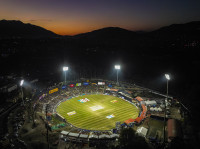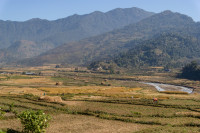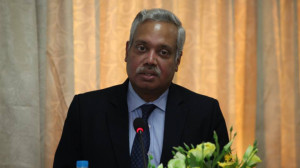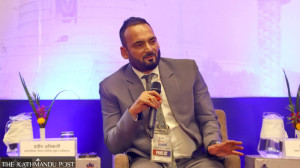National
Nepalis in Qatar
Migrant workers live in a system of exclusion without any protection of human rights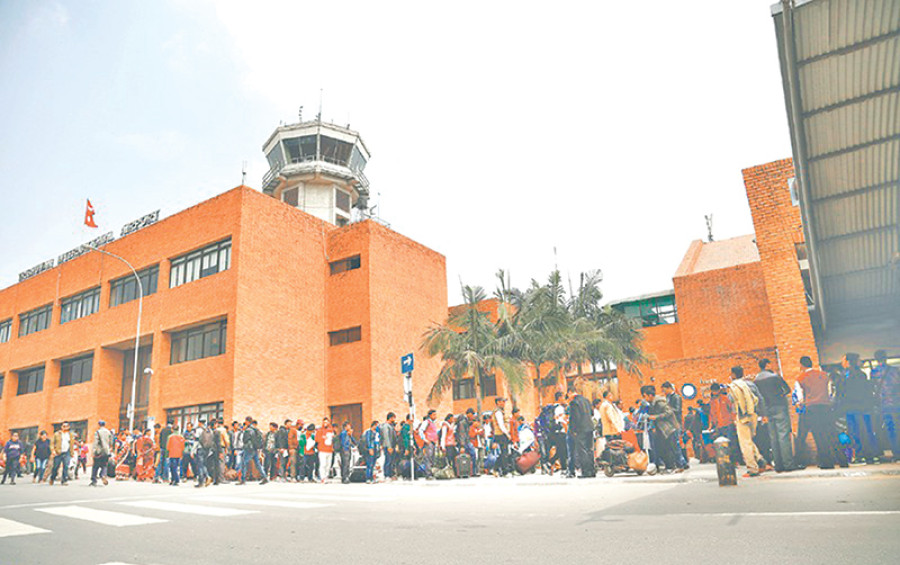
A combination of factors pushed the upsurge in the Nepali diaspora in the Arabian Gulf countries since 2008-09, though the process had already begun in the early 1990s. One, globalization, multiparty democracy and a decade-long conflict pushed the Nepali people to seek greener pastures outside Nepal and India. Two, the 9/11 attacks along with the US invasion of Iraq in 2003 created uncertainty and political instability in the region, which constrained the global flow of migrant workers. Three, rapid economic development in India, Pakistan Bangladesh and the Philippines, the traditional supply countries, also slowed down the supply of cheap labour.
The labour shortfall intensified when the region witnessed another construction boom after the Fédération Internationale de Football Association (FIFA) decided to hold the 2022 World Cup in the Qatari capital Doha. The labour vacuum was quickly filled by Nepalis, mostly unskilled labourers, particularly in Qatar. Though Qatar had signed an agreement with Nepal for hiring Nepali manpower in 2005, the exodus to Qatar took place only in the context of the Doha World Cup. Today, Nepali migrant workers are mostly located in Saudi Arabia, Qatar and the United Arab Emirates while they constitute the largest group of migrant workers in Qatar.
Qatar has absorbed more than 600,000 Nepali migrant workers. Today, remittance from the Nepali diaspora, principally from the Gulf countries, totals $6 billion which is equivalent to 32 percent of Nepal’s gross domestic product. This has certainly lifted the living standards of hundreds of thousands of families in Nepal, but at a heavy price which Nepali migrant workers pay in Qatar. Nepali migrant workers in Qatar live under what is called a ‘state of exception’ within a formal system of exclusion without any legal claim over and protection of human rights.
Changes promised but unfulfilled
According to a March 2017 report in a British daily The Guardian, the number of unnatural deaths among migrant workers, mostly related to the FIFA 2022 construction work, has reached 1,800 since 2014; and the number is expected to rise by 7,000 by the time the World Cup begins in 2022. While the report does not mention the exact number of deaths of Nepali migrant workers, it is plausible to argue that it must be quite high.
It was this rising number of deaths of migrant workers in Qatar that drew the attention of the international community towards their plight, and even forced the International Labour Organisation (ILO) to constitute an inquiry into Qatar’s serious lapses in adhering to international labour standards and ILO guidelines for migrant workers. The pressure by the international community, including the International Trade Union Confederation, ILO, Amnesty International and Human Rights Watch, forced the Qatari emirs to bring changes in their labour laws in late 2017. This gave some legal protection to migrant workers, but their implementation remains shoddy.
Prejudices exists
The underlying reason for the institutionalised mistreatment and exploitation of Nepali and other migrant workers in part lies in the very outlook of the Qatari regime and civil society towards the migrant community which sees migrant workers from relatively underdeveloped countries with contempt and strong racial prejudice.
It may be noted here that Nepali migrant workers are primarily Hindu, and they constitute 83 percent of the migrant workforce in the Gulf countries. In Qatar, they make up 85 percent, of which 46 percent are Brahmins and Chhetris, according to a study conducted by Nathalie E Williams, Arland Thornton, Dirgha J Ghimire, Linda C Young-DeMarco and Mansoor Moaddel in 2010. For long, Qatar masked its tribalism and conservative Islamism under the shadow of Al Jazeera, the Qatar Foundation and its alliance with the US. However, the purported inquiry by the ILO and the international outcry over the working conditions of expatriates exposes the duplicity of the Qatari regime.
The recent intra-Gulf Cooperation Council conflict has implications for further aggravating an already fragile and destabilised political situation in the region. This has alarmed the Nepal government with regard to the safety and security of its people.
Despite the assurance of the Qatari government regarding the protection of Nepali migrant workers, the government of Nepal needs to be vigilant for two reasons: 1. Facing isolation and economic hardship, Qatari private contractors may increase the various coercive tactics and pressure upon Nepali migrant workers. 2. After the FIFA World Cup in 2022, fewer Nepali migrant workers will be needed in Qatar; and as a result, it will affect Nepal’s remittance inflow upon which the Nepal government is critically dependent. The Nepal government, therefore, must work out a policy framework to address these emerging situations that have the potential to derail the country’s stability.
Alam is a senior fellow at the Policy Perspectives Foundation, New Delhi




 8.12°C Kathmandu
8.12°C Kathmandu